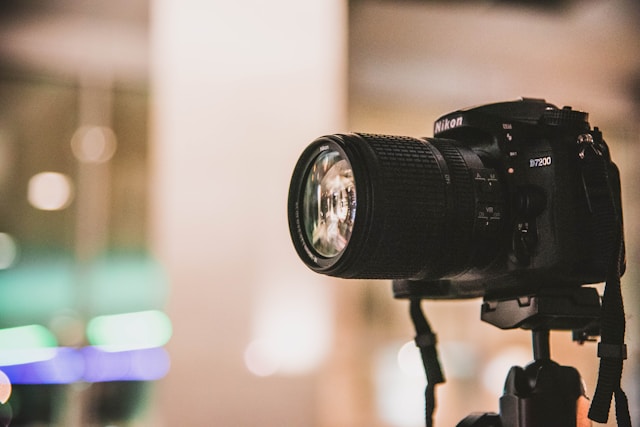Have you heard of microdosing? It’s a fascinating concept that has been gaining popularity in recent years. Essentially, microdosing involves taking very small doses of certain substances to improve mood, focus, and creativity without experiencing any hallucinogenic effects. While still controversial, there is growing evidence that microdosing can be an effective tool for managing mood disorders such as depression and anxiety. In this blog post, we’ll explore the science behind microdosing and its potential impact on mental health. So sit back, relax, and let’s dive into the world of microdosing!
What is Microdosing?
Microdosing is the practice of taking very small doses of certain substances – usually psychedelic drugs like LSD or psilocybin – in order to enhance creativity, focus and mood without experiencing any hallucinogenic effects. The idea behind microdosing is that these substances have therapeutic potential, but at normal dosages they can be overwhelming and even dangerous.
The key to successful microdosing is finding the right dosage for your body, which can vary depending on factors such as weight and tolerance. Typically, a microdose will range from 1/10th to 1/20th of a normal dose.
There are many different types of substances that people use for microdosing https://microdosingsupport.com/blog/ besides psychedelics. Some popular options include cannabis, CBD oil, nootropics (brain-boosting supplements), and even low-dose stimulants like caffeine.
While there hasn’t been much research done on microdosing specifically, studies have shown that psychedelics do have promising therapeutic potential when used in controlled settings. Microdosing may offer similar benefits with fewer risks.
The Different Types of Microdosing
When it comes to microdosing, there are different types that people can choose from depending on their preference and the desired effects. One type is LSD microdosing, which involves taking a small amount of LSD every three or four days. This method can help boost creativity and productivity while reducing anxiety.
Another popular type of microdosing is psilocybin microdosing, which uses magic mushrooms. Psilocybin has been shown to have anti-depressant properties and can help with anxiety. Microdoses typically range from 0.1 to 0.5 grams taken once every few days.
CBD oil microdosing is another option for those who want the benefits without any psychoactive effects. CBD has been known to reduce stress, improve mood, and promote relaxation.
There’s also ketamine infusion therapy for those suffering from severe depression or bipolar disorder. In this form of microdosing, small doses of ketamine are administered intravenously over several weeks under medical supervision.
It’s important to note that regardless of the type chosen, proper research and consultation with a healthcare professional should be done before embarking on any kind of microdosing regimen as it may not be suitable for everyone.
Conclusion
Microdosing has been gaining popularity in recent years as a potential treatment for mood disorders. While the research is still limited and inconclusive, many individuals have reported positive effects on their mental health through microdosing. However, it is important to note that microdosing should only be done under the guidance of a trained professional and with caution.
As with any kind of medication or treatment, there are risks involved and it is important to weigh them against the potential benefits. Nevertheless, the science behind microdosing suggests that it may hold promise as a new way to approach mood disorders such as depression and anxiety.
More research needs to be done into this field before we can claim with certainty what impact microdosing can have on mental health conditions. Nonetheless, it remains an interesting avenue of exploration for scientists and doctors alike who are seeking innovative ways to support those living with mood disorders.



